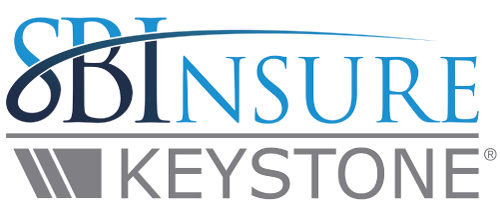Business insurance coverage is an essential aspect of protecting a company’s assets and mitigating risks. However, the cost of business insurance can vary significantly from one company to another. Understanding the factors that drive insurance costs is crucial for businesses to make informed decisions when purchasing coverage. In this blog post, we will explore the key elements that impact the cost of business insurance.
Industry and Risk Profile:
The industry in which a business operates plays a vital role in determining insurance costs. Some industries inherently involve higher risks, such as construction or manufacturing, leading to higher insurance premiums. Insurers consider factors such as past claims experience, industry-specific hazards, and the overall risk profile associated with a particular sector.
Business Size and Revenue:
The size of a business, including its annual revenue, often influences insurance costs. Larger businesses typically have more assets, employees, and potential liabilities, making them riskier to insure. As a result, they may face higher premiums compared to smaller enterprises.
Coverage Types and Limits:
The types of insurance coverage and policy limits selected by a business significantly impact insurance costs. Comprehensive coverage that protects against a wide range of risks, including general liability, property damage, and professional liability, will generally be more expensive. Higher policy limits provide increased protection but also result in higher premiums.
Claims History:
A business’s claims history plays a significant role in determining insurance costs. Insurers assess a company’s past claims to predict the likelihood of future claims. Businesses with a history of frequent or high-value claims are considered higher risk and may face higher premiums. Maintaining a clean claims history demonstrates a commitment to risk management and can help reduce insurance costs.
Location:
The geographical location of a business can influence insurance costs. Factors such as local laws and regulations, weather patterns, crime rates, and the availability of emergency services can impact insurance premiums. Businesses located in areas prone to natural disasters or with higher crime rates may face increased insurance costs.
Employee Count and Training:
The number of employees a business has and their level of training can affect insurance costs. Companies with more employees may have higher liability exposure, and insurers may adjust premiums accordingly. Additionally, businesses that invest in employee safety training and risk management programs may qualify for lower premiums due to reduced risks and fewer potential claims.
Policy Deductibles:
The deductible amount selected by a business can impact insurance costs. A deductible is the amount that a policyholder must pay out of pocket before the insurance coverage kicks in. Choosing a higher deductible typically leads to lower premiums but may increase the financial burden on the business in the event of a claim.
Several factors contribute to the cost of business insurance coverage. Understanding these key elements, including the industry and risk profile, business size, coverage types, claims history, location, employee count, and policy deductibles, can help businesses make informed decisions when purchasing insurance. By assessing their unique needs and risks, companies can work with insurers to find the most appropriate coverage at an optimal cost, ensuring comprehensive protection while managing expenses. If you have any questions or would like to hear more, don’t hesitate to reach out to your local insurance professional, SBInsure.
